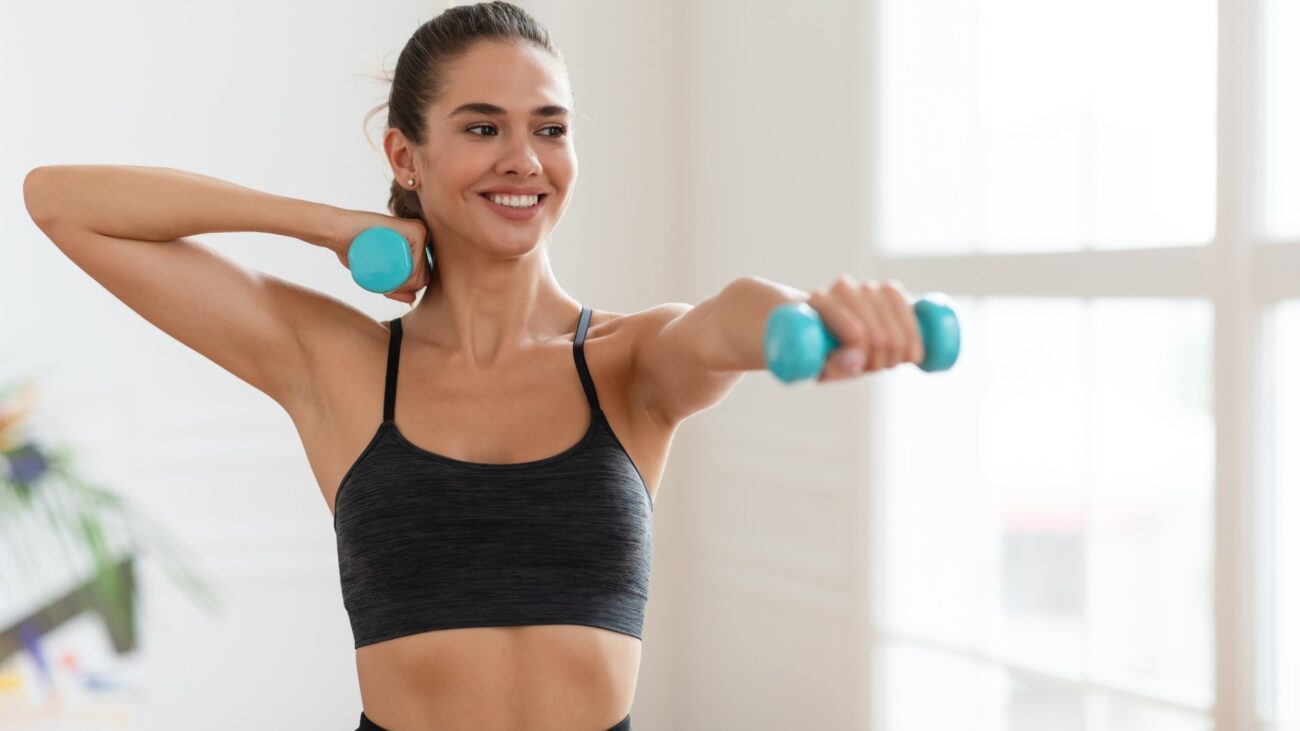Blog
This Simple Exercise Can Help You Poop Better

- Walking is a simple and effective way to get things moving—especially when you’re constipated.
- For regular bowel movements, try to make walking a part of your daily routine.
- Need to poop? Eat plenty of fiber, drink water, try a belly massage and adjust your toilet posture.
Whether you’re totally backed up or just feeling a little sluggish, moving your body can help to get things going. While any movement is great, gut-health dietitians say walking is a top choice. It helps to move food through your digestive system more quickly, and its stress-relieving effects can further support healthy digestion.
Rather than waiting until digestion slows down, aim to make walking a regular habit. “The timing of when you walk isn’t as important as how often you are walking,” says Amanda Sauceda, M.S., RD, a gut-health dietitian. “Just like how we want to stay consistent with how much fiber we are eating to encourage regular bowel movements, we also need to stay consistent with movement,” Sauceda says. Keep reading to learn how walking supports healthy digestion and regular bowel movements.
Why Walking Is the Best Exercise to Help You Poop
Walking Helps Move Food Through the Digestive Tract More Quickly
You can’t voluntarily control the muscles within your digestive system, but walking helps stimulate involuntary contractions that move stool, helping to speed up digestion and reduce constipation, explains Kim Kulp, RDN, a gut-health dietitian. “This can lead to more effective and regular bowel movements,” she says.
Walking also engages the abdominal and core muscles, which may gently increase intra-abdominal pressure, helping to facilitate the movement of stool through the colon. “Since walking can move stool through the colon more quickly, it’s more likely to stay soft and easier to pass,” Kulp says.
Walking Relieves Uncomfortable Gas and Bloating
If you experience uncomfortable gas and bloating, walking more can help by stimulating the digestive system, helping to move trapped gas and relieve bloating.
“I recommend going for at least a 10- to 15-minute walk after meals to help reduce gas buildup, improve discomfort and help keep things moving along,” says Kaytee Hadley, M.S., RDN, a dietitian who specializes in gut health.
Walking Reduces Stress
Stress doesn’t just affect your mood—it also can slow down digestion. It slows gastrointestinal motility, which means digested food moves more slowly through your intestine. The good news? Walking has been shown to help reduce stress and anxiety. A stroll outside may offer extra calming benefits thanks to nature, but indoor walking—such as on a treadmill or walking pad—works just as well. So, if you feel stress creeping in, a quick walk may help. “Small walks throughout the day can be helpful to re-center and reset stress levels,” adds Sauceda. Managing your stress may do more than just lift your mood; it can help your digestive system function more smoothly.
Walking Is Low-Impact
High-intensity exercises like running prioritize blood flow to the heart and muscles, which can interfere with digestion. But since walking is lower intensity, it doesn’t direct blood flow away from the GI tract to the same degree. In fact, walking can actually increase blood flow to the gastrointestinal tract.
“Adding low-intensity exercises like walking and yoga to your daily routine helps stimulate blood flow to the GI tract, improving gut motility,” Hadley says. “You want to avoid high-impact exercises like running or weight-lifting right after eating, as they can worsen GI symptoms and impair digestion.”
Other Tips to Help You Poop
- Eat More Fiber. Fiber helps move food through the digestive system, both preventing and relieving constipation. The Dietary Guidelines for Americans recommends adults consume 22 to 34 grams of fiber per day, depending on their age and sex.
- Drink Water. Water helps break down food and keeps the digestive tract hydrated, preventing hard, compact stools. “One of my favorite hacks as a gut-health dietitian is to make a slow ‘chewing’ motion as you drink a glass of warm water first thing in the morning to stimulate the gastrocolic reflex and trigger a bowel movement,” Hadley says.
- Try an Abdominal Massage. This can be a helpful way to move stool and gas through the gut to relieve constipation and bloating. Hadley recommends trying a gentle abdominal massage called the “I love you” massage, which involves using the fingertips to trace the shape of the letters I,L and U on the abdomen.
- Change Up the Way You Sit on the Toilet. “Use a stool, yoga block or Squatty Potty to elevate your feet when sitting on the toilet, which puts you at an optimal angle to relax your pelvic muscles and empty your bowels completely,” Hadley says.
Constipation-Relieving Meal Plan to Try
3-Day Meal Plan to Help You Poop, Created by a Dietitian
Our Expert Take
Preventing and relieving constipation doesn’t have to be complicated—walking is the simplest and most effective step you can take to get things moving. Just a short walk each day can support regular bowel habits by stimulating your gut, relieving gas and bloating and reducing stress. As with other health issues, if you have any concerns about constipation or your digestive system, it’s a good idea to speak with your doctor or another health care professional.












